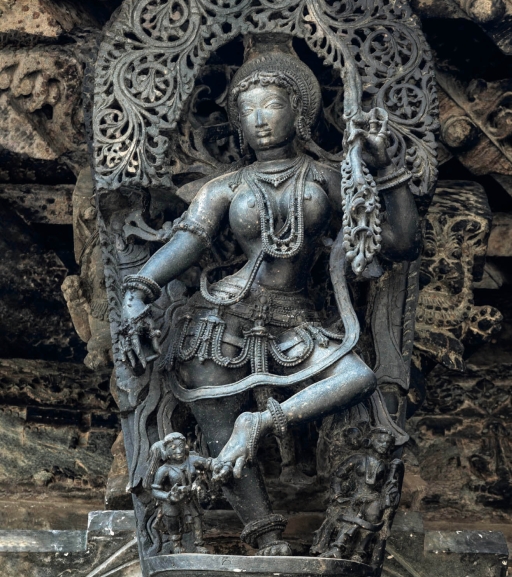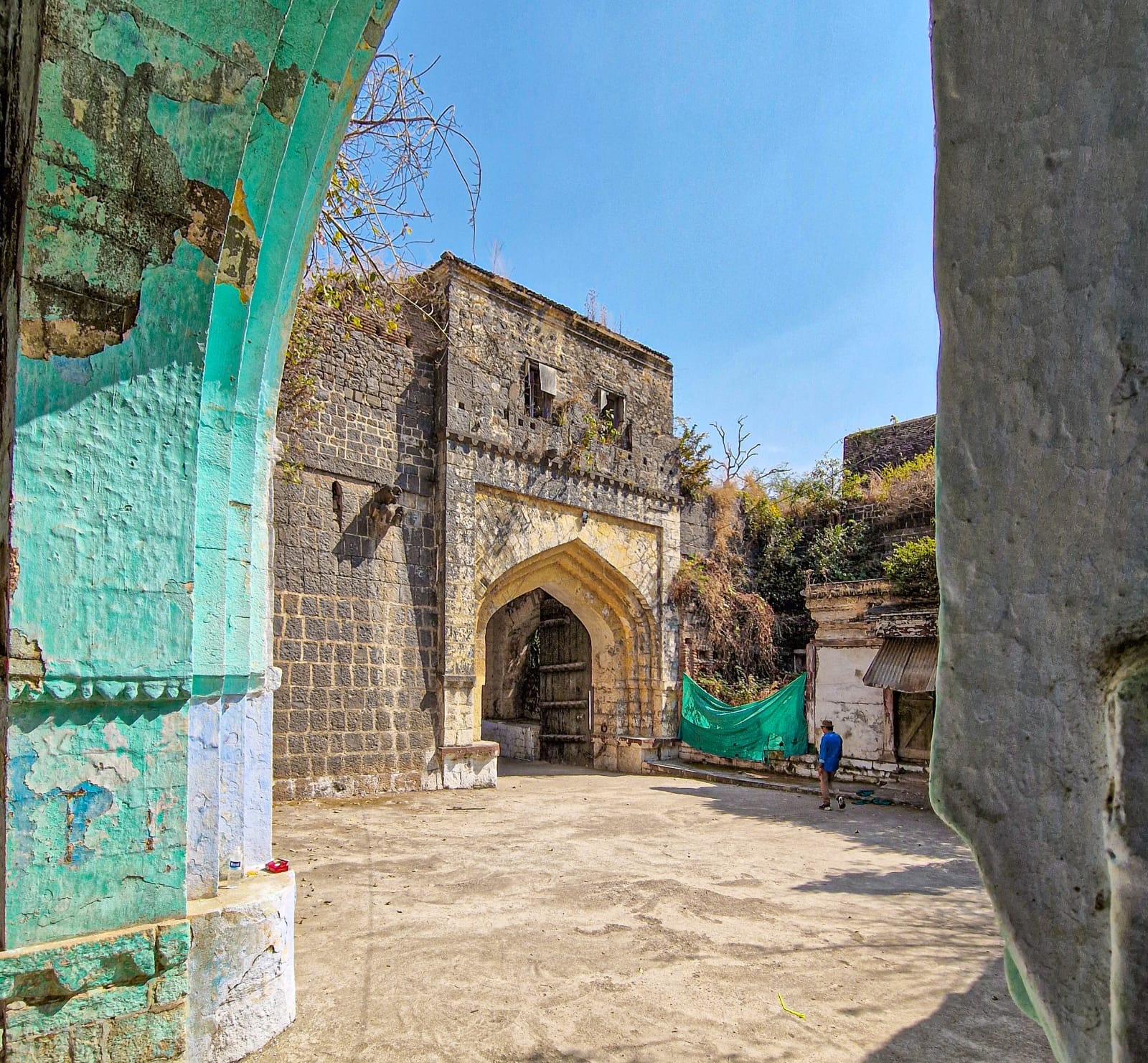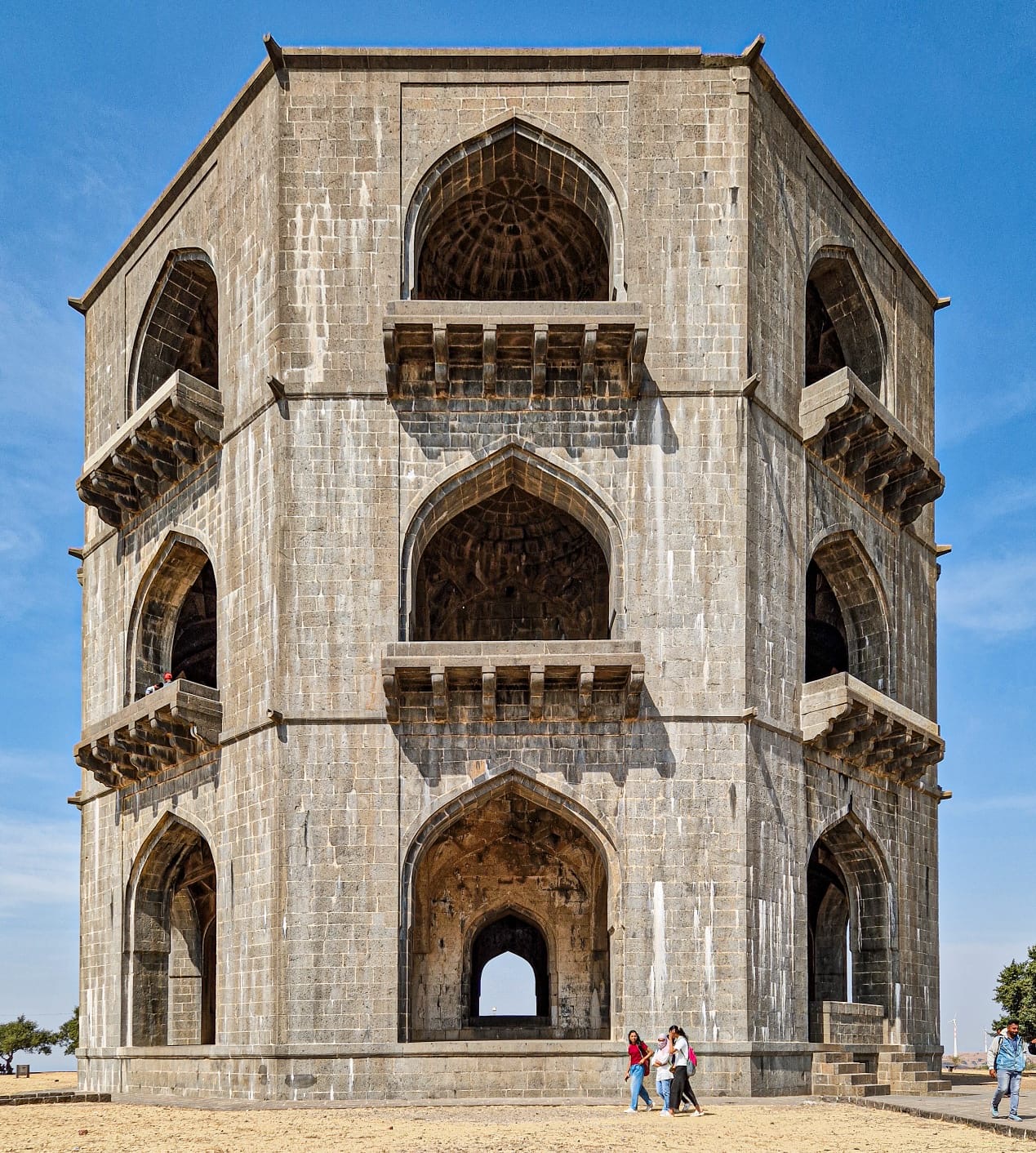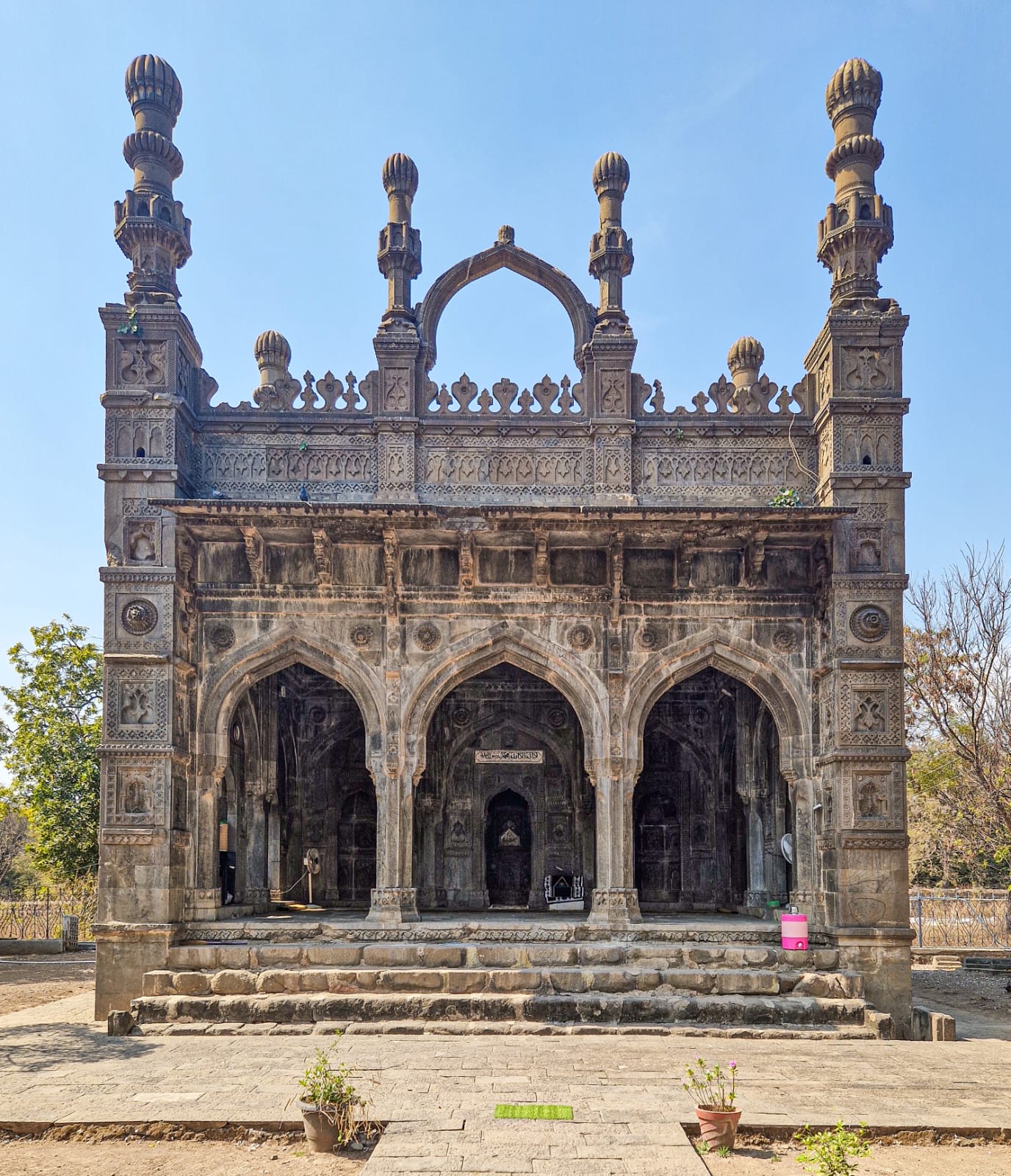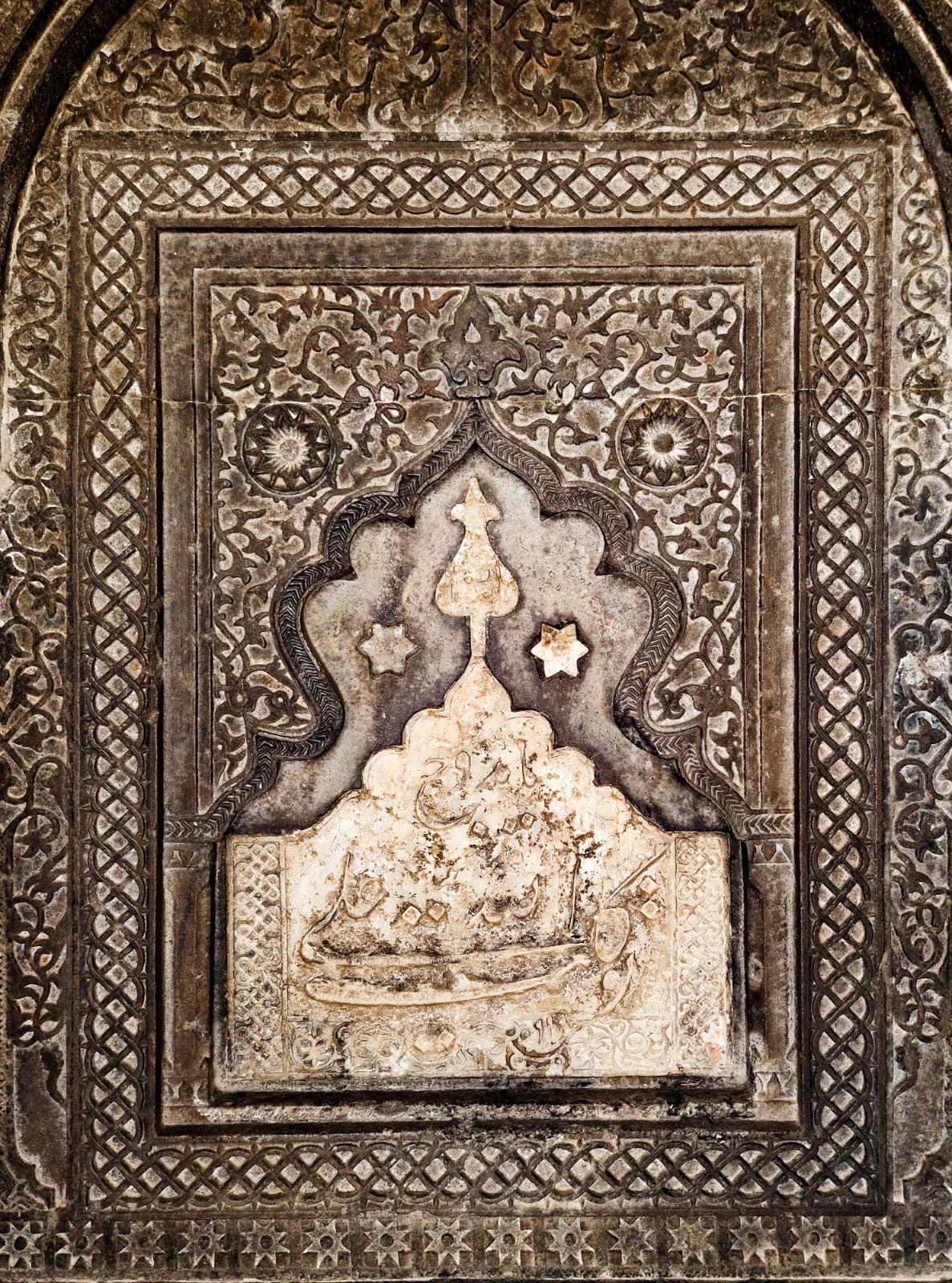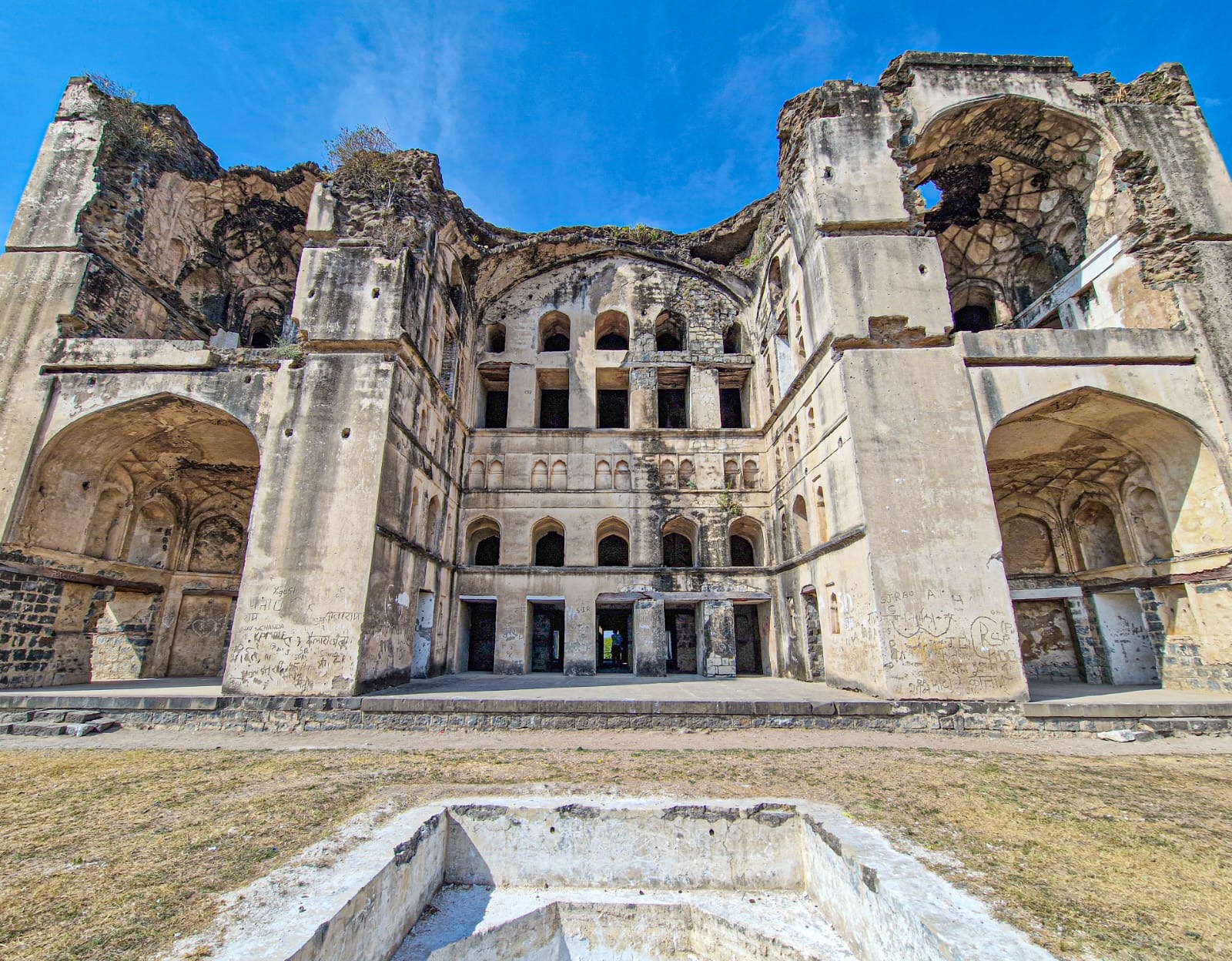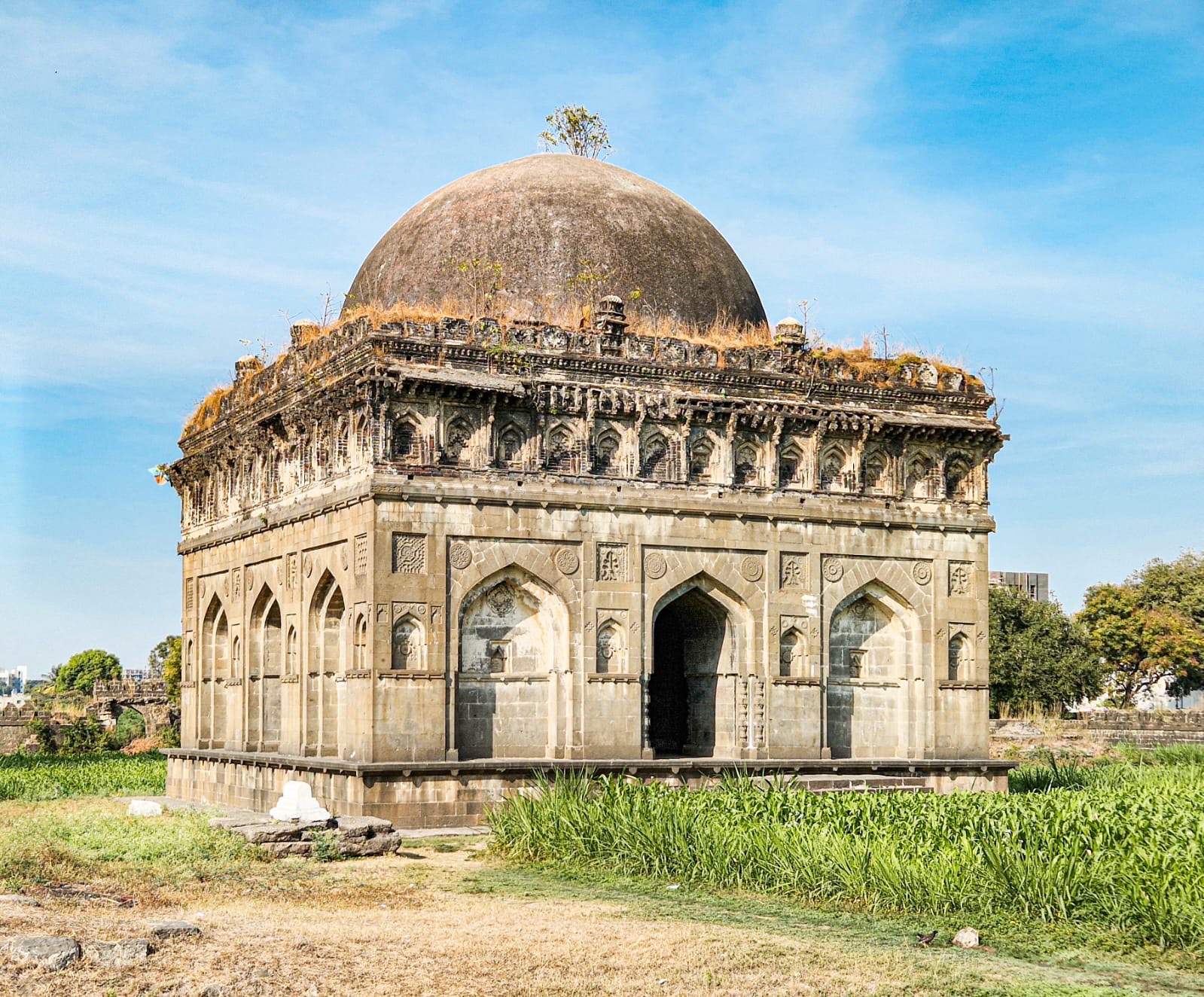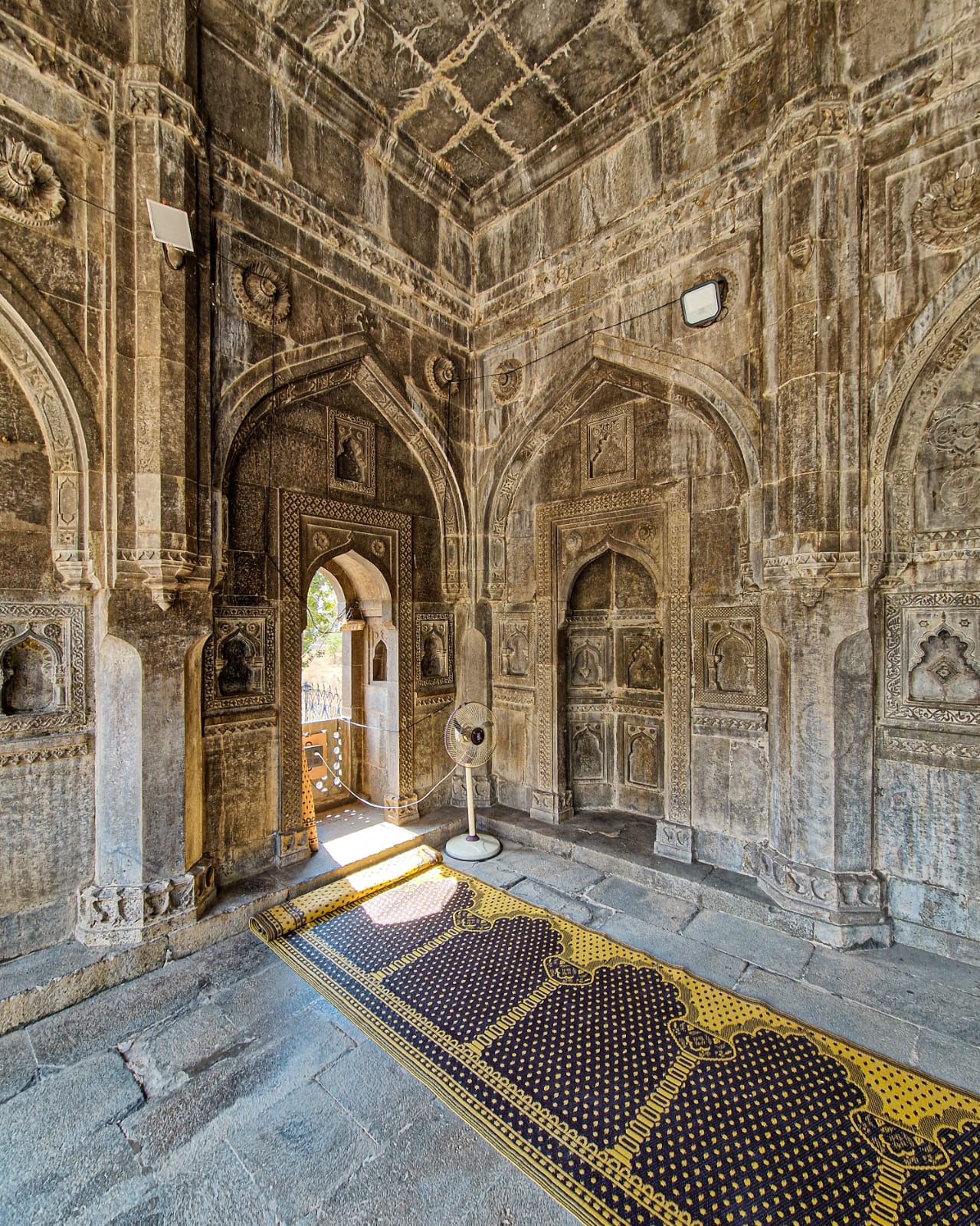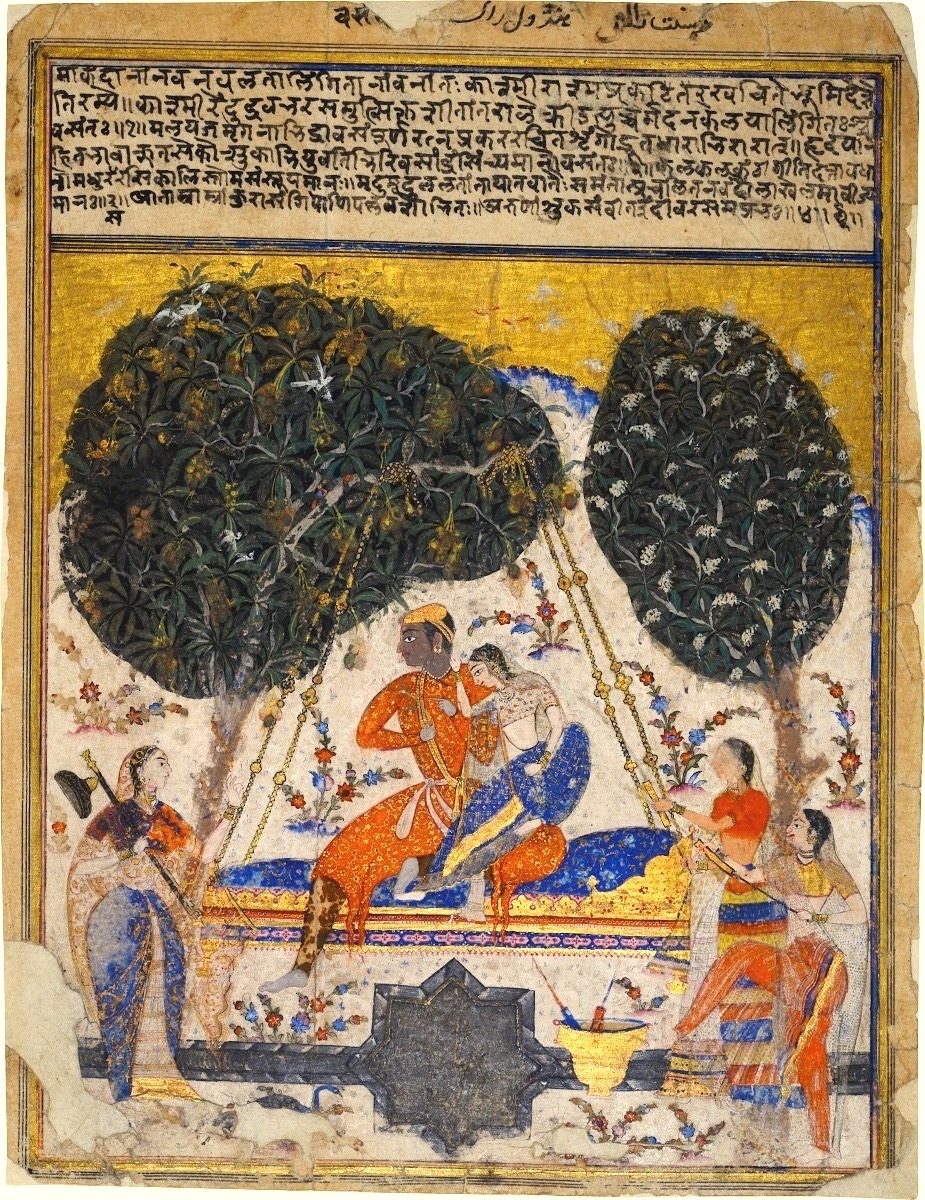Ahmadnagar and the Rise of the Marathas
Sam Dalrymple
Half way between Pune and the Ajanta caves lies one of the great forgotten centres of Marathi culture.
The Ahmadnagar Sultanate was founded in 1490 by Malik Ahmad Nizam Shah, a Brahmin-convert general in the Bahmani court.
Unlike the other Deccan sultanates, Ahmadnagar embraced Marathi cultural and administrative traditions, integrating local chieftains (Marathas) into governance and military structures.
Indeed its rulers patronized Marathi language and literature alongside Persian, fostering a unique syncretic identity that influenced later Maratha statecraft.
The first ever miniature painting of Holi (see photo #10) depicts the Ahmadnagar Sultan being squirted with pichkaris.
This fusion of Persianate and indigenous Marathi traditions laid the groundwork for the emergence of the Maratha Empire under Shivaji Maharaj in the 17th century.
Both Shivaji’s maternal and paternal grandparents were nobles in the Ahmadnagar court, and early Maratha architecture is indistinguishable from the architecture elsewhere in the domains of Ahmadnagar.
This includes temple architecture, which was restored by Hindu zamindars like the Bhonsles during his rule.
Moreover, for generations after the Mughal conquest of Ahmadnagar, Shivaji’s family led a guerilla campaign for the sultanate’s restoration.
Of course, Shivaji himself finally abandoned that dream in favour of founding an explicitly Maratha state. Yet although Shivaji changed the court langauge to Marathi, so much of his court culture was modelled on that of Ahmadnagar.

